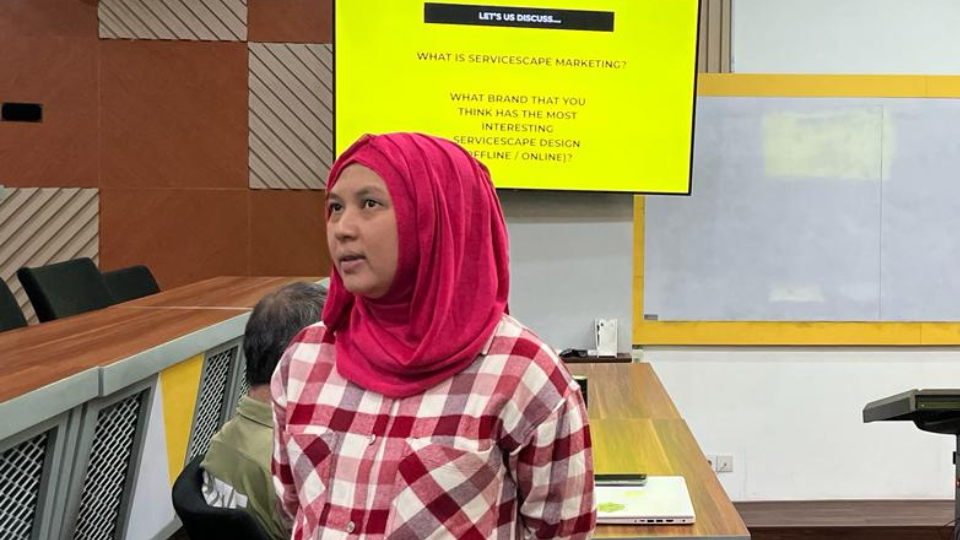In marketing, servicescape marketing combines interior design, visual communication design, architecture, branding, and marketing management to create a space for service or product sales that enhances the overall customer experience and boosts business performance. In short, servicescape is the physical evidence that can influence a person’s perspective regarding the physical environment of a commercial facility.
According to Rossy Sjarifah Sjarif, an architectural designer and lecturer at Parahyangan University, servicescape is pivotal in establishing a unique atmosphere and differentiating one brand from another. For instance, IKEA is renowned for its distinctive blue and yellow color scheme.
The layout of an IKEA store is meticulously designed to guide customers through a specific flow, passing products on display and various strategically placed room prototypes. These prototypes show customers how the furniture for sale will appear in a finished space. Rossy delved into the concept of servicescape during a guest lecture on Marketing Management at the SBM ITB on Wednesday (29/11).
Another example of servicescape implementation, as per Rossy, is Uniqlo. The brand has opted for a bright store with strong lighting, cream-colored walls, and a spacious layout. With this strategy, Uniqlo successfully crafted a modern and open image. Conversely, Zara utilizes softer lighting, a gray color palette, and a closer arrangement of products, creating a more exclusive atmosphere.
Designing a servicescape involves balancing two potentially conflicting factors: aesthetics and functionality. According to Rossy, a designer must align these elements to create an optimal mix.
Within the servicescape realm, two current hot global issues are transformation design and digital servicescape. Transformational design blends classic and modern design, emphasizing the human aspect of design. Meanwhile, the digital servicescape aims to provide an online experience equal to or superior to the offline experience when using a product or service. Presently, designers specializing in digital servicescapes are often called UI/UX designers.




